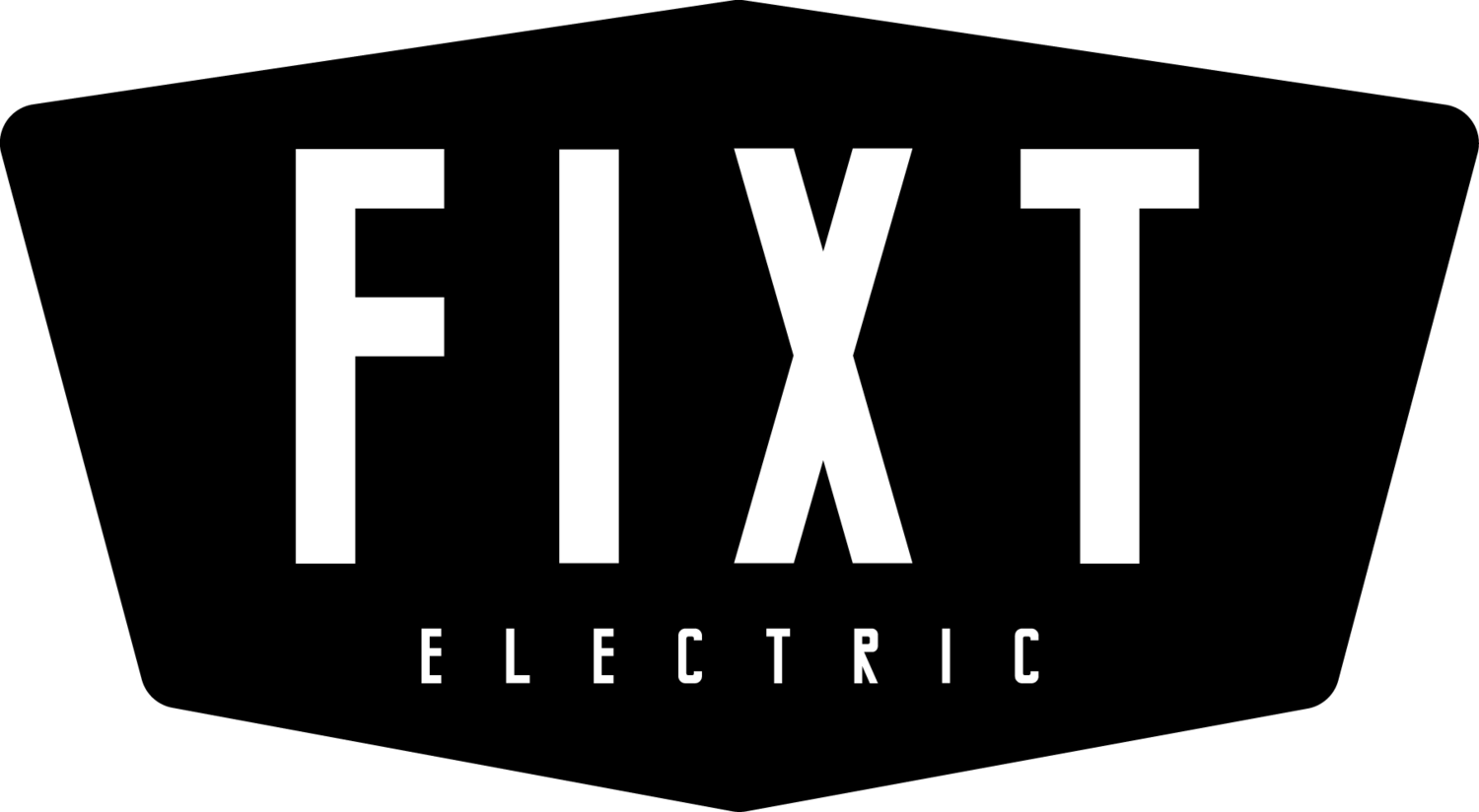Meet the FIXT Owners: Taylor and Nate
What do they do when they’re not wiring up industrial light fixtures? And what exactly happened on their trip to Russia? FIXT Electric’s owner duo shares this and more in their first Q+A.
Behind the hundreds of light fixtures at FIXT Electric Company, there’s just a few people salvaging, designing and re-wiring them all. Two of those people are Taylor Lorell and Nate Jackson, founders and co-owners of FIXT. Part-time traveling musicians and full-time small business owners, they give the lowdown on their love of Soviet-era lighting and what makes FIXT standout in the lighting industry.
Q: FIXT Electric is built on your shared passion for industrial lighting design and running your own small business – but you both took different paths to get here. Can you share a bit about your backgrounds?
Nate: I have a background in architectural salvage and was an antique buyer for many years before realizing I wanted to pursue a lighting business of my own. I’m also a musician, which is how I met Taylor.
Taylor: We met at open mic night 5 years ago and shortly after, started a band. While my education background is in arts management and entrepreneurial management, at the end of the day, we’re both musicians and just wanted to play music whenever and wherever we could. We were tired of working corporate jobs so we decided to start our own business.
Q: Nate, how did the idea for a lighting company come about?
N: While working in the architectural antique field, I saw that there was a demand for large quantities of vintage industrial lighting for commercial use. In the U.S., a large portion of the industrial lighting you see is the same everywhere, it’s highly picked over, and the wholesale pricing is through the roof. I wondered whether that was another country in the world that had the same type of industrialism as the United States. Russia popped into my head, and then the idea was born.
Q: What about Soviet-era/industrial lighting excited you both?
N: The light fixtures are different than anything you can find in the states. During the Soviet era, there were only a certain amount of paint colors used that played of the emotion of Soviet economic times. Red, the color of communism and the Soviet Union; Sapphire Blue, the beginning of the space race; Mint Green, Peach, Orange — agriculture and country life. In the U.S., you just don’t see these types of colors in industrial vintage lighting. American industrial lighting offers limited color options, consisting mainly of Army Green, white, and galvanized metal.
T: The other interesting thing about our light fixtures, is the impressive quality in which they were made. During the ‘50s and ‘60s Khrushchev was in competition with America and the West over who could produce the most. As a result, many light fixtures were over-engineered and will probably outlive us all.
Q: Share some details about your first trip to Russia to find lighting — how long did the planning take?
T: It took about a year to research the lighting. We poured through urban explorers’ blogs, zooming in on the pictures of abandoned buildings, factories, bomb shelters, etc., trying to get an idea of what Russian industrial lighting looked like. Once we saw how awesome and unique the light fixtures were, Nate and I decided to start a vintage furniture business called Fine-ass Furnishings, as a means to make money for our trip.
N: We traveled around the U.S. for over a year buying and selling Mid Century and industrial furniture, attending auctions, hosting pop-up shops and selling our goods at farmer’s markets — all while playing music on the road. Whatever we had to do to make money, we did it. One day we found a cheap flight to Russia and were due to leave three months later. We sold everything from the business, our personal belongings, got rid of our apartment, and took the plunge.
Q: What was the most exciting part about the trip?
T: We only had intentions of going to Russia to buy around 300 light fixtures to start a small, boutique business. When we arrived though, we found the mother load and ending up shipping back around 5,000 light fixtures. The fate of our future was about to change forever.
Q: What was the most frustrating?
N: Waiting for the lights to arrive took about two months. We both lost a lot of sleep during that time!
Q: What makes FIXT's lights special?
T: As far as we know, we have the largest inventory of Soviet Industrial lighting in the United States. If there’s a large project, or perhaps multiple locations of say, a fast casual restaurant, hotel, or coffee shop that want a similar vibe, we can facilitate that demand. These light fixtures are statement pieces, rich with history, and a wild story behind them.
Q: What individually do you bring to the table at FIXT? How do you balance each other out as business partners?
N: Taylor manages the forward-facing side of FIXT, including the look of the website, photography, and social media presence, while I handle the design and build of the light fixtures in the workshop. There are many times though where all hands are on deck and we’re both helping each other where we need to fill in the gaps.
Q: Can you give a sneak peek of your next lighting lines for FIXT?
T: We’ve got a couple ideas up our sleeves … we’re looking at branching into a residential market, while still fulfilling our commercial clients’ needs. Our future consists of offering unlimited quantities of lighting at an affordable cost. Mid Century and bohemian vibes are on our radar as well.
Check out some of FIXT’s projects and shop their current lighting lines.



